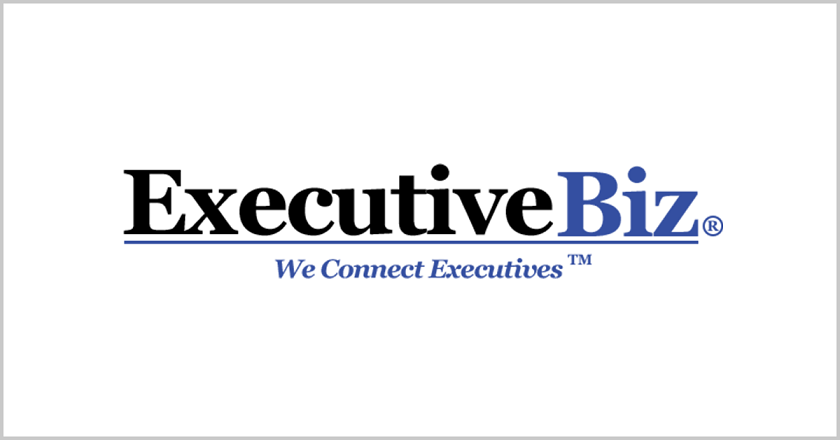
Three Booz Allen Hamilton executives said there are five myths about change management in government information technology modernization and the first notion that should be debunked is that change management should concentrate on end users.
“Successful change management requires a whole cultural change that goes beyond end users to encompass the entire stakeholder community – from your delivery teams and business units to your end user community,†Booz Allen’s Juli Dixon, Ben Marglin and Andrew Mason wrote in an FCW article published Thursday.
To cite an example, they discussed the involvement of all stakeholder communities in the U.S. Agency for International Development's effort to automate its acquisition process.
They mentioned the critical role of executive leadership in driving change management, which not only requires agencies to advance training and communications but also implement performance management, stakeholder analysis and policy development, among other factors, to clearly define the goals and priorities as well as the needs of constituents.
Another myth is that organizations think that change management could be integrated at the latter part of a project.
“To be successful, change management must start in the initial planning phase and continue throughout the full lifecycle of technical delivery,†Dixon, Marglin and Mason wrote.
“Federal agencies should identify their executive champions and key stakeholders (both internal and external) at the outset to weave change management into the fabric of their IT modernization initiatives.â€
They noted that agencies can assess the effect of change management on IT modernization efforts through stakeholder impact and user adoption.
Dixon and Marglin respectively serve as a senior associate and principal at Booz Allen, while Mason is a chief technologist at the company.
Â




